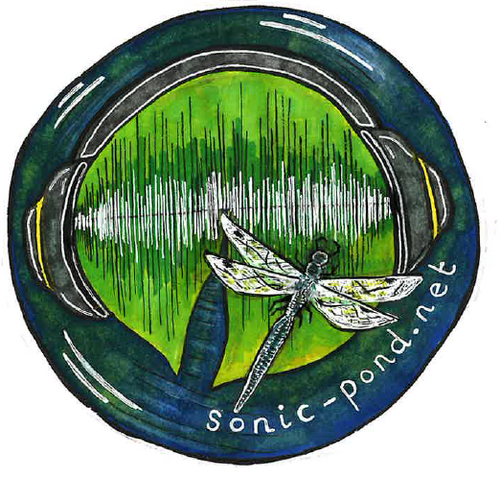
Sonic Pond Dipping
An arts-based approach to learning about freshwater ecosystems and acoustic ecology.
Fun, practical workshops that offer everyone the chance to discover their own freshwater adventures.
Sonic pond-dipping invites people to explore the hidden soundscapes of their local pond, encouraging fresh ways of experiencing the landscape. By tuning into the sounds of invertebrates, amphibians, and even aquatic plants, it offers a curiosity-led approach to learning about freshwater ecology. We turn ponds into magical sound worlds, blending science, creativity, and a bit of calm time by the water.
In 2025, we ran 19 workshops across UK and Europe, introducing around 300 people across all ages to freshwater soundscapes. That's not including all those who stopped to listen at British Science Festival and New Scientist Live! Full report will be published soon - keep in touch to find out more.

Event Listing
| Name | Location | Date | Link |
|---|---|---|---|
| Yorkshire Dales Rivers Trust | Catterick Barracks (UK) | 24th Sept 2025 | Private |
| International Symposium on Aquatic Plants | LNEC Congress Centre (Lisbon, Portugal) | 17th Sept 2025 | Website |
| British Science Festival | Museum of Liverpool | 14th Sept 2025 | Website |
| Sonic Pond Dipping | Havannah and Three Trees Nature Reserve (UK) | 17th Aug 2025 | TBA |
| TQ Live | The Globe (Newcastle, UK) | 24th July 2025 | Website |
| Sonic Pond Dipping | WWT (Washington, UK) | 29th June 2025 | TBA |
| Pond Beats | Primary School (Manchester, UK) | 17th June 2025 | Private |
| Hidden Sounds of Wheatfen | Wheatfen Nature Reserve (Norfolk, UK) | 15th June 2025 | Eventbrite |
| Discover Festival | Newcastle University (UK) | 7th June 2025 | Website |
| National Trust | Wallington Estate (Northumberland, UK) | 29/30 May 2025 | Website |
| FreshWater Watch Waterblitz | Elvet & Bailey (Durham, UK) | 26th April 2025 | Website |
listen to underwater soundscapes
“Thank you for doing something different. There are a lot of art events and craft activities but this was something totally different and lots of fun. We’d love to do it again!”
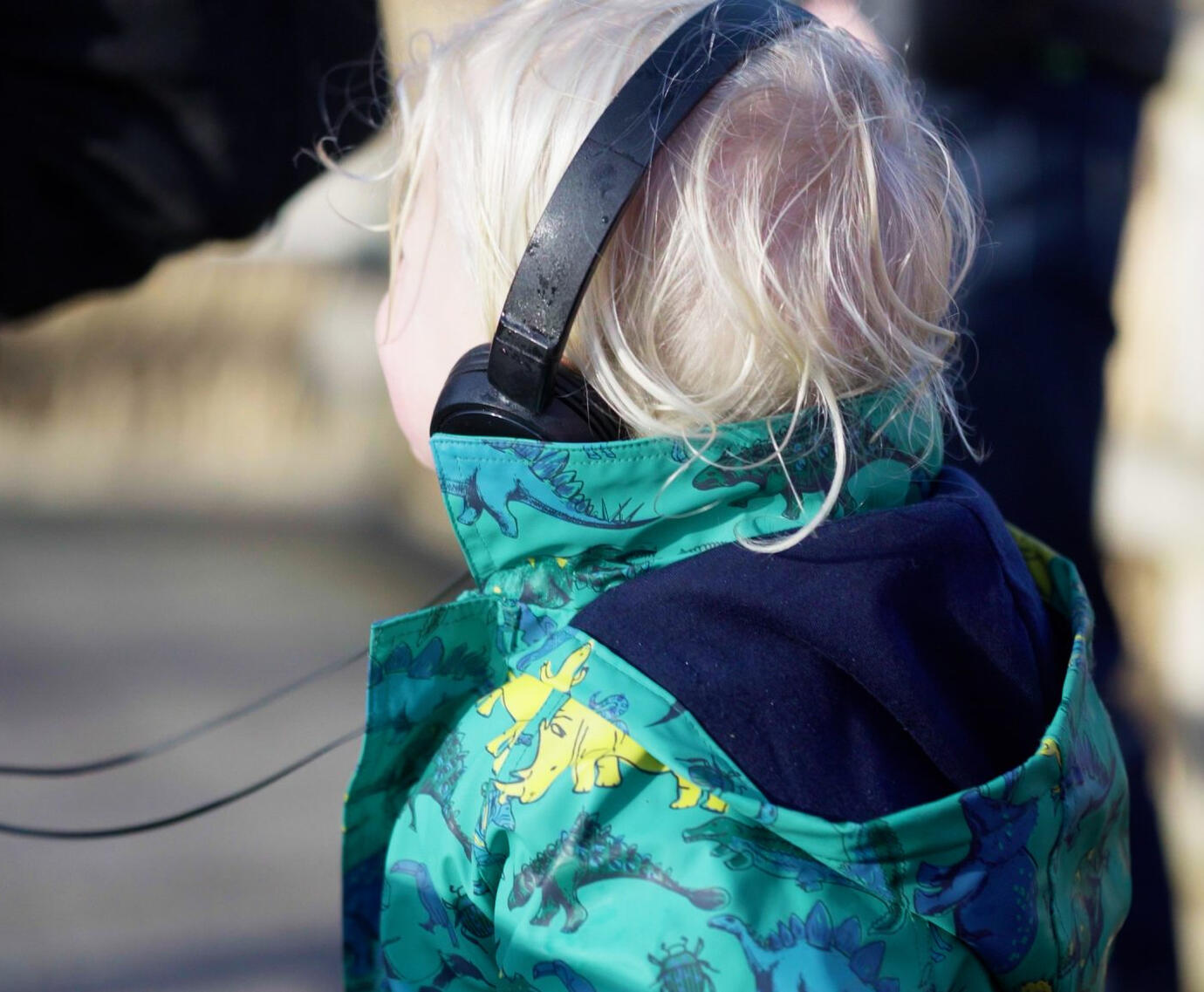
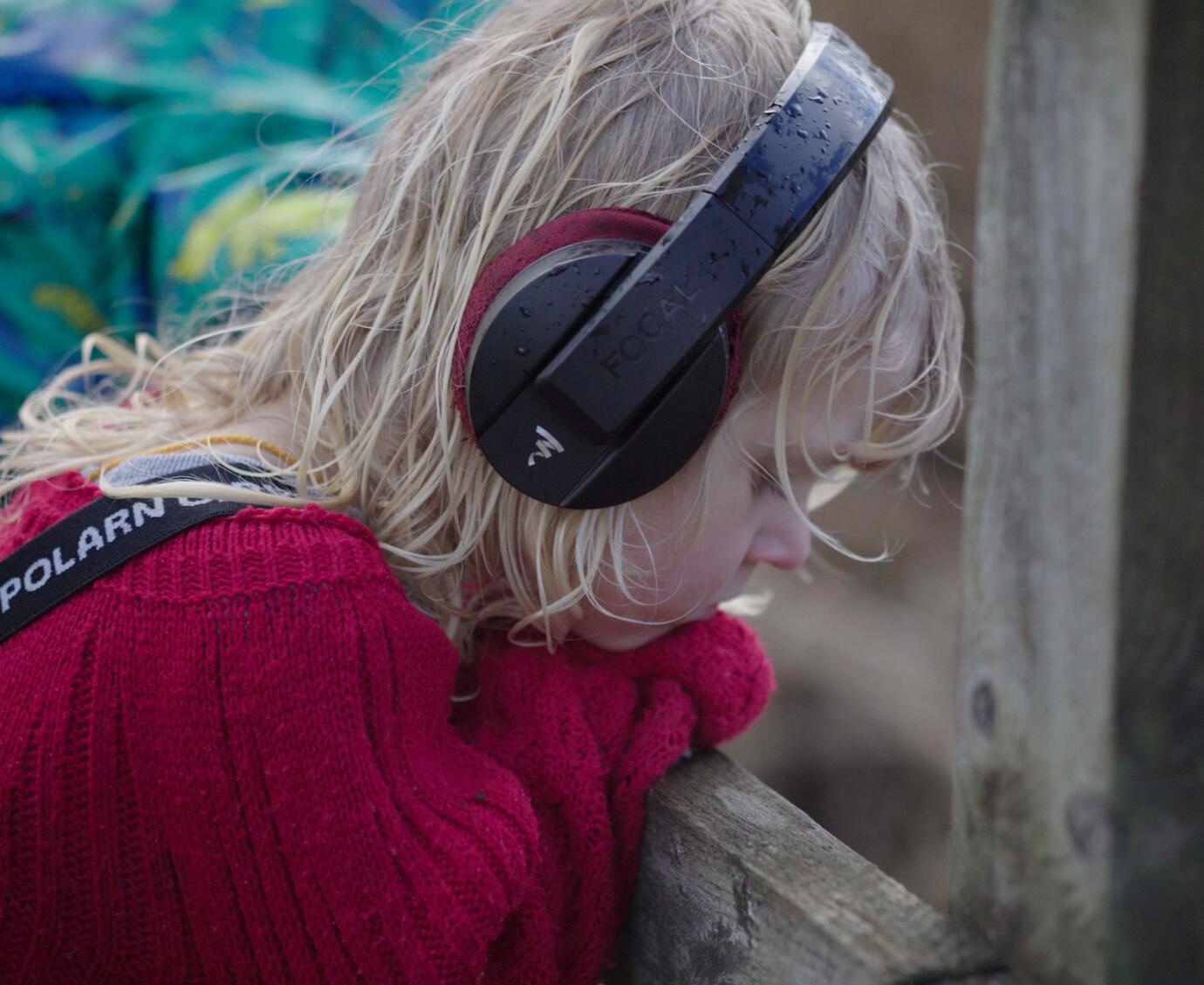
become a citizen-scientist for the day
Pond soundscapes remain
under-researched. The sounds recorded during workshops feed into research being undertaken by a global team of acoustic ecologists.
Purchase your own hydrophone
Want to contribute your own recordings? You can purchase your own AquaBeat hydrophone right here - exclusively available in the UK through this website!It works with any recording device that has a 3.5mm input and is specifically designed for freshwater environments. For more information, or if you need assistance, send an email using the form below. For full technical details, check out the official AquaBeat website. Below is a recording made with this hydrophone:
we're here to listen
Send us your queries using the form below
Trusted by
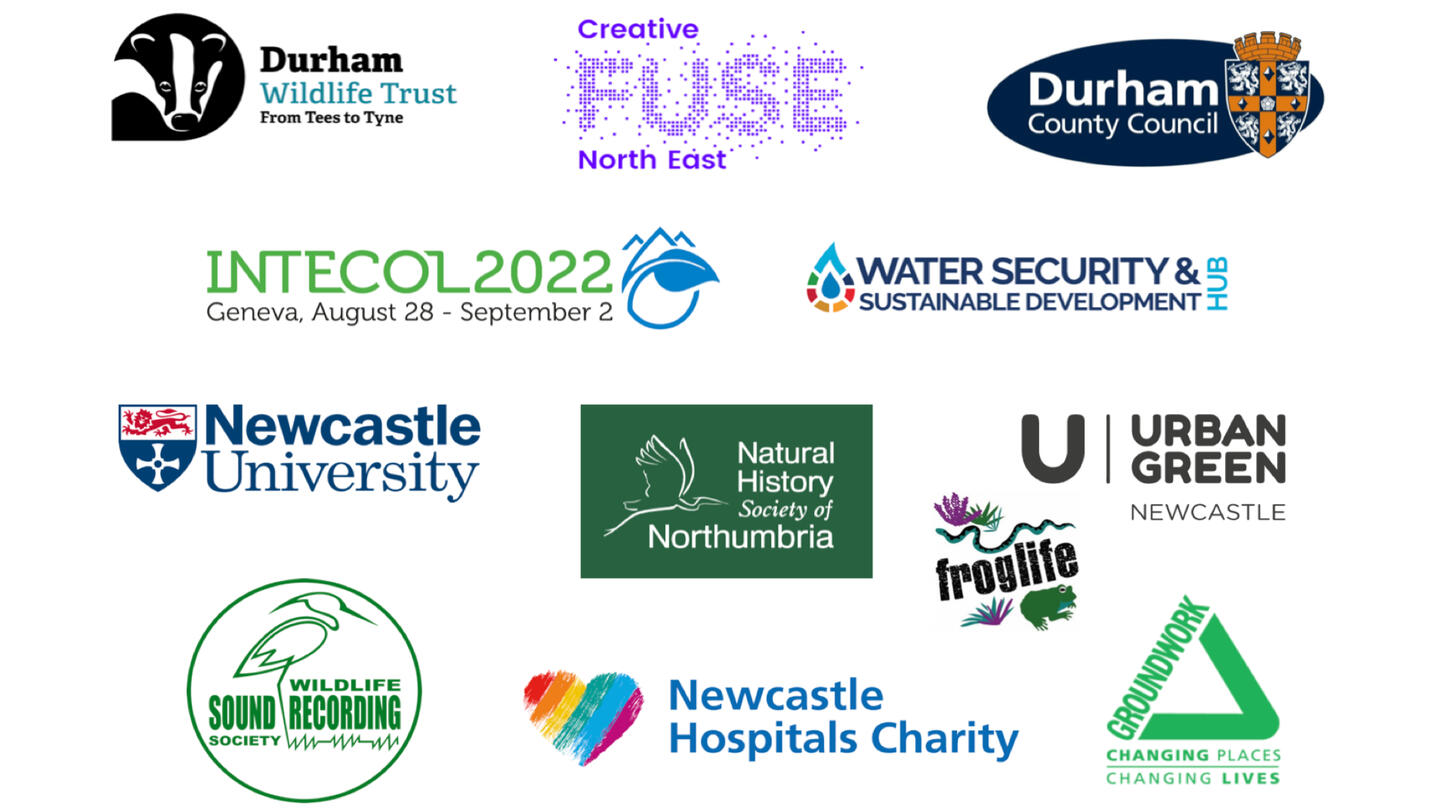
case study
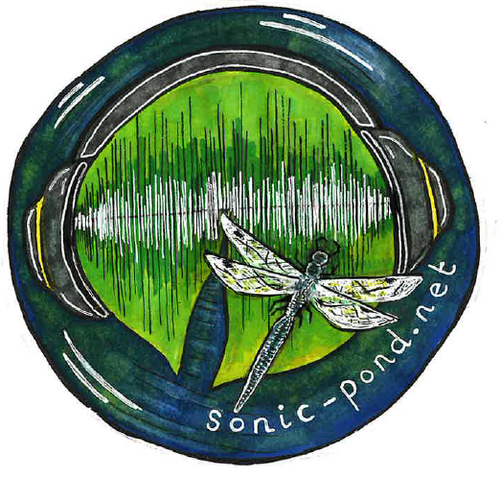
The first group of sonic pond-dippers arrived at a nature reserve in County Durham in February 2022. Instead of nets, they clasped headphones. In their hands were audio recorders, not white specimen trays.
© EcoSound CIC. All rights reserved.
Message Sent
Thank you!

Discover Festival - what species can you spot in this recording?
Click 'play' and press the 'comments' button to view time-stamped species, including little known aquatic sounds...
Sonic Pond Dipping featured as part of an audio series in The Arches during the Discover Festival, 7th June 2025.
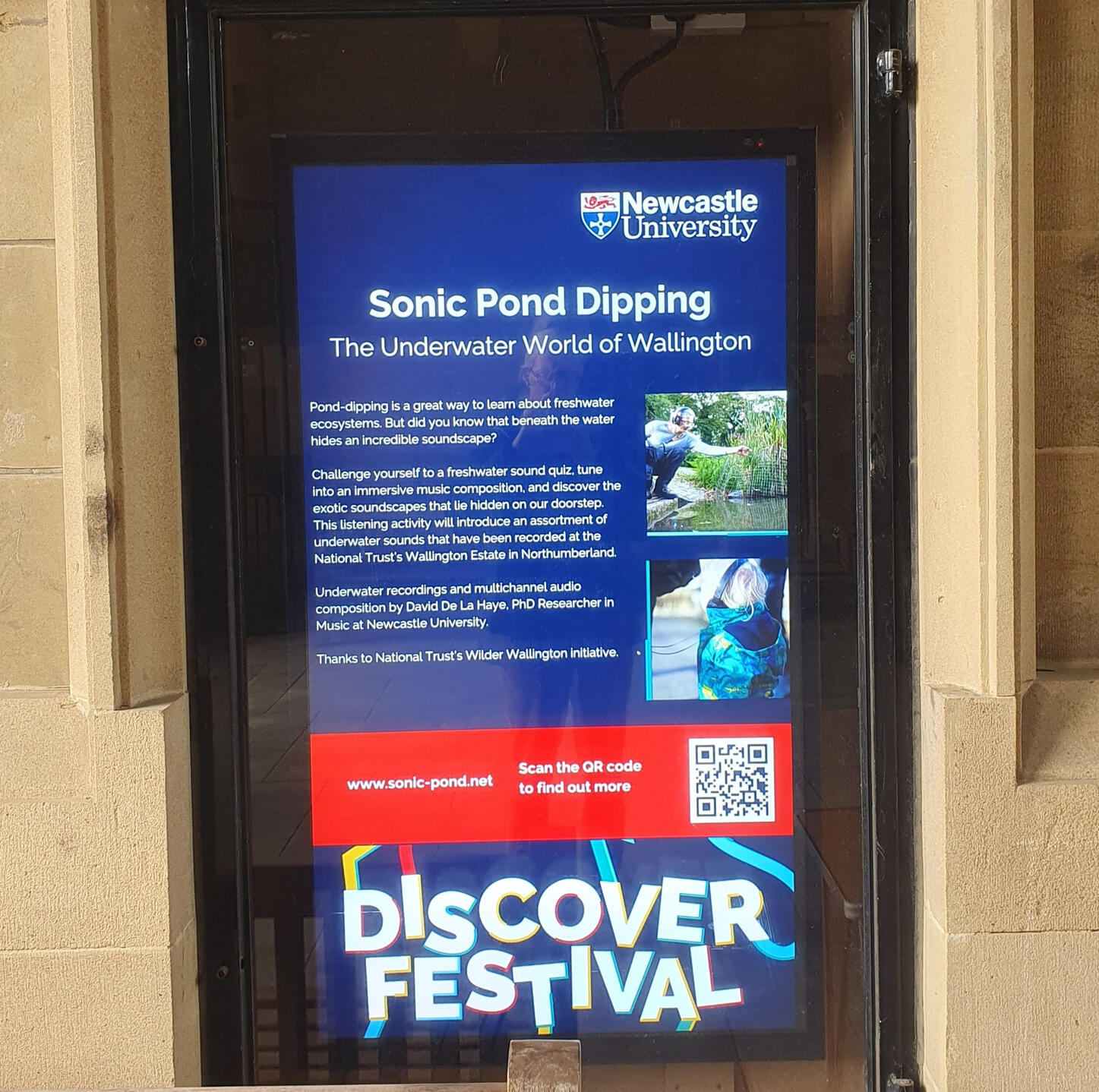
It is night time on the Wallington Estate.
In the wide open spaces of Northumberland only the trees provide shelter from the wind and rain.Through the darkness, the voices of nocturnal animals are picked up by microphones. There are sounds that humans can’t hear but their frequencies can be transposed into our hearing range.Natural dams, built by the reintroduction of beavers, create ever-increasing wetlands. Beneath the water, hydrophones pick up the sounds of various freshwater residents who often come out to enjoy the moonlight.Sunlight spreads across the pond’s still water, activating a sea of rhythms that go unnoticed by human ears. A fresh Spring day welcomes visitors whilst the underwater sounds remain hidden...
All recordings were made at the National Trust’s Wallington Estate, Northumberland as part of the Wilder Wallington project in partnership with Newcastle University. Audio recorded and compiled by David de la Haye from recordings made between October 2023 and May 2025.